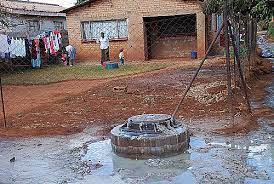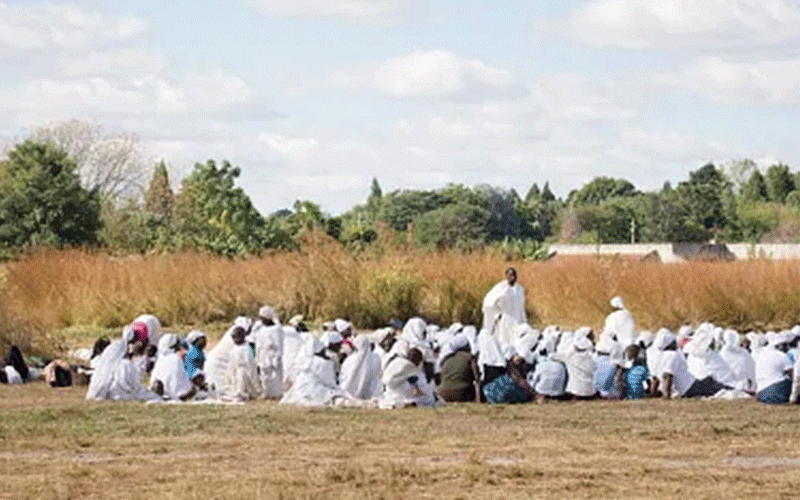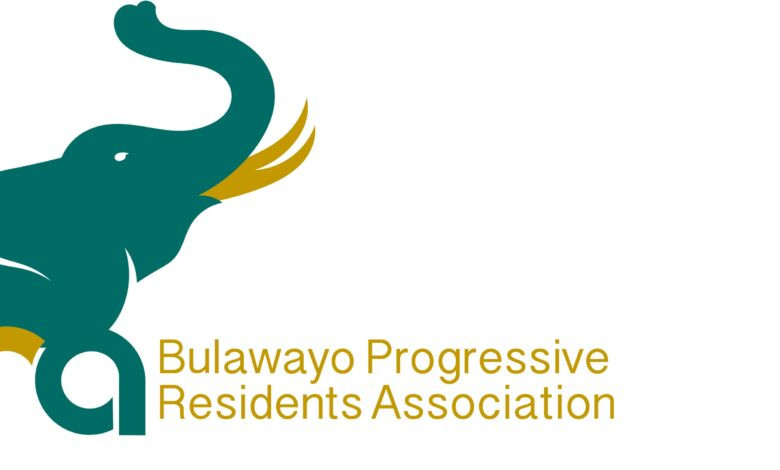
LOCAL Government minister Daniel Garwe has blamed the late release of funds by Treasury for the delay in the construction of a modern sewage reticulation plant for Lupane.
There has not been a conventional sewage plant in the Matabeleland North provincial capital for many years and most houses, including public offices, use septic tanks in the fast growing town.
Garwe told parliamentarians on Wednesday that lack of funds is delaying the completion of the sewage reticulation system project.
“Inadequate funding for the (Lupane) sewage reticulation system project has hampered the construction (of a modern sewage reticulation plant), even though all necessary surveys and designs were done by engineering consultants,” he said.
Garwe made the remarks after Matabeleland North lawmaker Mail Nkomo demanded answers on why government was failing to complete construction of the sewage plant.
Nkomo said the current sewer system had outlived its lifespan, adding that it was a health hazard.
Garwe said the Lupane Local Board had procured materials to kick-start the project, but lack of funds had stalled the project.
“For the past few years, budgetary provisions for the sewer were made hoping it would be funded through Intergovernmental Fiscal Transfer (IGFT). Unfortunately, since inception, the local authority has never received full allocation of funds, hence the project has been rolled over for years now,” he said.
- Benzema confident Real will reach UCL final
- Rigging exposes widening Mnangagwa, Chiwenga rift
- Health talk: Mental health disorders and demolitions in Zimbabwe
- Munatsi family speaks on banker’s shock death
Keep Reading
In 2021, Lupane Local Board town secretary Chalton Moyo told the State media that completion of the sewer project would reduce health hazards.
Moyo further stated that construction of a sewage reticulation plant was critical as part of the wider modernisation plan for the Matabeleland North capital.
In 2017, the local board received US$3 million from the World Bank to install a water reticulation system to ensure access to clean water for locals.
For years, the Lupane Local Board has complained that water challenges are stalling progress in the capital.
Meanwhile, several parts of the district remain in darkness with no meaningful action being taken by the Rural Electrification Agency (REA).
Nkomo asked Energy minister Edgar Moyo when the province would be fully electrified.
Moyo said Lupane was already electrified through the Gwayi 33kV feeder from the Hwange bulk supply point.
“Line construction is underway for low-density residential areas,” he said.
“(For) other residential areas like Mtshibini (200 houses, shops) and Lobengula (400 houses), designs for reticulation are underway.
“To cater for future expansion (growth rate estimated at 5%), a 33/11kV substation will be constructed by 2026. Further growth will be catered for by a 132/33KV substation to be constructed by year 2030.”
Moyo said a certain percentage of schools within the business centre were electrified.
“Lupane has a total of 141 schools (114 primary, 37 secondary). Of these, 34 schools, including administration blocks and school cottages, are completely electrified,” he said.
“Construction of powerlines outside Lupane centre to cater for schools is on-going under REA projects. Somgolo and Makhekhe schools were recently completed.”










